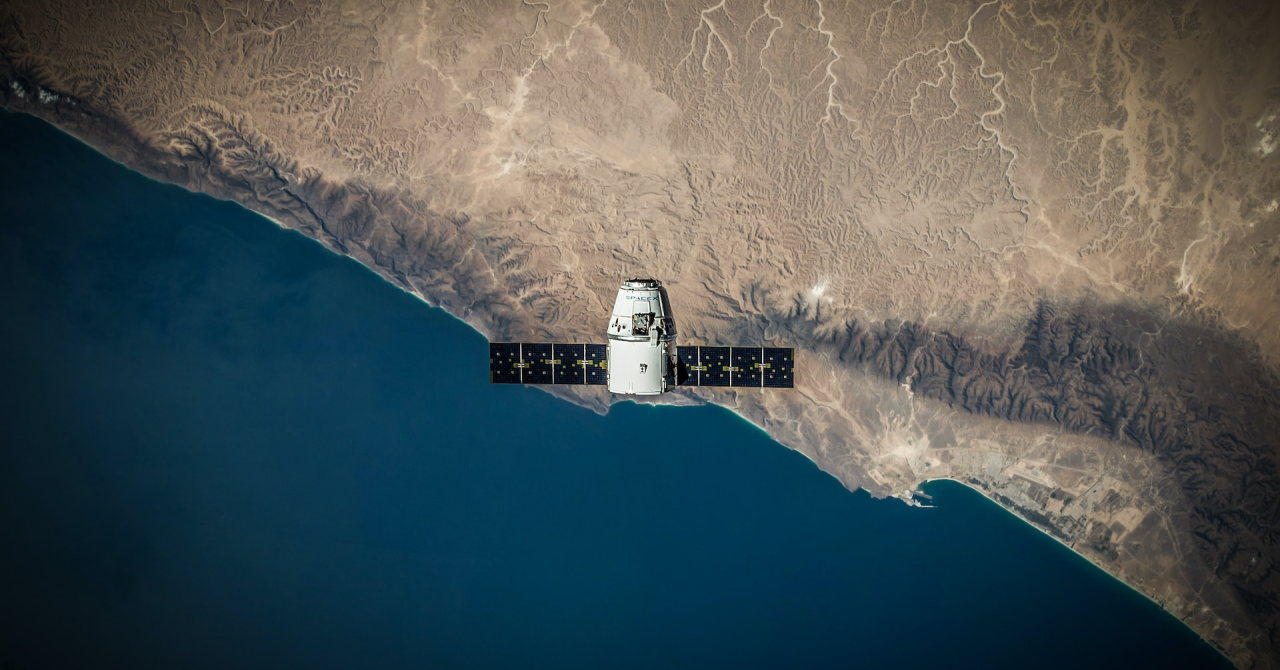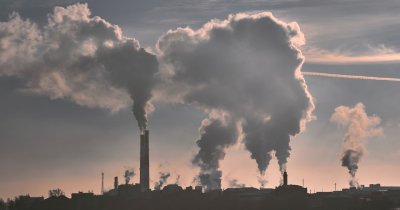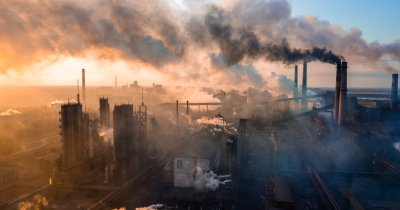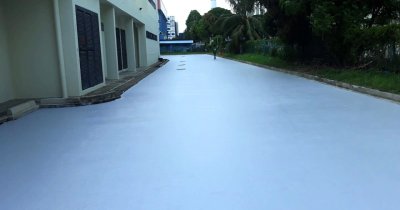CNN reports that fine dust particles can be carried by these winds for thousands of kilometers, reaching large cities and affecting the health of millions of people.
The brand-new space deployed device is said by its creators to be able to detect different types of dust and how these particles can either heat or cool our planet.
Climate researcher Natalie Mahowald says that "white dust reflects solar radiation, or heat, while red and the dark dust absorbs it."
Instead of independently floating around the planet, the device has been attached in 2022 to the International Space Station, allowing it to orbit Earth and observe different parts of it 16 times per day.
The sensors can process around 80 kilometers in a few seconds, which greatly helps the other 5.000 or so observation points for dust particles on Earth.
UN experts say that some two million tons of sand and dust particles are released into the atmosphere on a yearly basis and it is very important for soil health and the vegetation.
As an example, particles carried from the Sahara Desert can reach as far as the Amazon rainforest, feeding the trees with the nutrients that they need to be able to thrive.
However, should these dust storms increase in frequency or strength, they could do more damage than benefit the planet, as they can act as global warming drivers and can even reduce the occurrence of rainfall.
Change in the atmospheric circulation caused sand particles from the Sahara to reach as far out as the Arctic region.
"We noticed that during the last two decades, the darkening of the ice in the Arctic was becoming significant. We know that when the ice is dark it’ll reflect less of the solar light, and therefore it’ll melt faster", said Diana Francis, a climate scientist at Khalifa University in Abu Dhabi.
While the creators intended that the observation process should carry on for just 12 months, there are now plans to extend the project, since it can feed great amounts of data to scientists that can help us better understand our climate.
 Mihai - Cristian Ioniță
Mihai - Cristian Ioniță












Any thoughts?